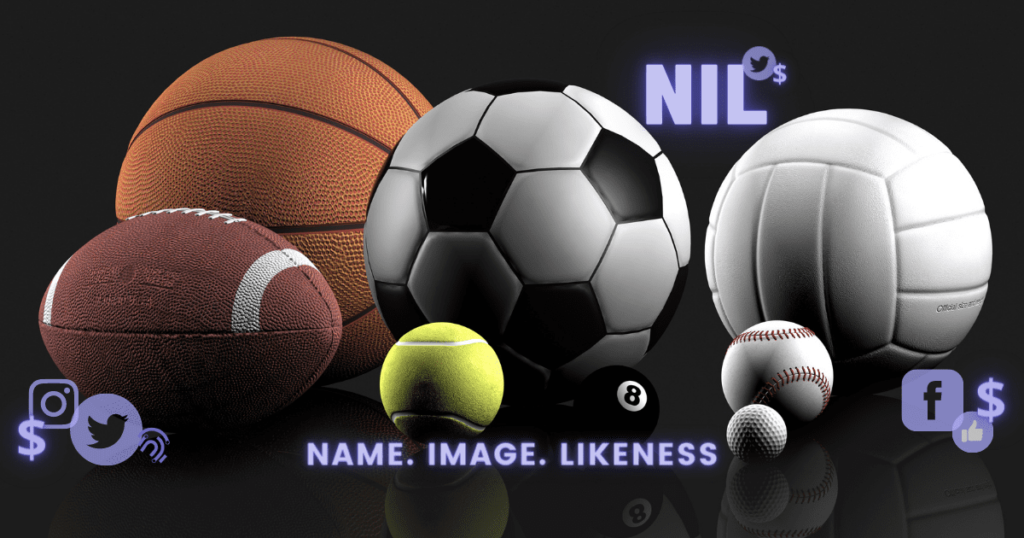
The emergence of NIL (Name, Image, Likeness) rights has led to significant changes in the world of sports. Since 2019, college athletes have been allowed to profit from NIL. The question then was, “Why not start this for high school athletes as well?”
States in the US are working with lawmakers to pass bills allowing high school athletes to earn money. High school athletes who are showing talent and star potential are now receiving the benefits of NIL. This has begun the discussion of what this development means for athletes, their families, and the framework of sports.
NIL benefits athletes of all ages. One top one is the added income, which can help with family costs. This includes costs for training, equipment, and continued education. Social media also plays a part in this. Athletes have the opportunity to showcase their “brand” and open up doors to the business world.
The prospect of NIL (Name, Image, and Likeness) income is appealing but also brings new challenges. High school athletes are now competing not only for scholarships and championships but also for marketability. Many may feel the pressure to manage their online presence, increase their social media following, and develop a polished brand image—all while juggling schoolwork, training, and competitions.
Students who are also athletes already are juggling challenges, add NIL, and the pressure could take a toll on a personal level. The risk of burnout and the overwhelming nature of the business side of sports are significant concerns. Families need a support system that they trust to understand the pressure on the athlete both during competition and personally.
NIL for high school athletes could affect the college recruiting process. Those who already have popularity with their NIL will have more bargaining power with different universities. With high school students earning money through their sports, the students will no longer desire an education. The possibility of additional income and fame through an NIL could create conflict among athletes and families and take away from the value of high school sports.
The introduction of Name, Image, and Likeness (NIL) rights in high school sports marks a significant change. This year, high school athletes can earn income from their athletic ability, which could greatly improve many lives. However, there is always a risk of new challenges.
Families, coaches, and schools need to work together to guarantee that the athlete is empowered instead of exploited. I hope that there is an agreement among lawmakers to balance athletes’ entrepreneurial selves while upholding the integrity of high school sports.
The effects of NIL on high school athletes are still developing. All involved are responsible for ensuring that this change benefits everyone.
Leave a Reply